Disclosure: Meeple Mountain received a free copy of this product in exchange for an honest, unbiased review. This review is not intended to be an endorsement.
Allow me to propose an experiment for any madcap gamers out there. Imagine taking a game from the shelf, any game really, but ideally one that you enjoy and thoroughly understand. (Are you imagining? Because this experiment won’t work if you’re not going to cooperate.)
Rather than the standard setup, imagine the full and fully satisfying post-game spread laid out across your table. There’s nothing quite like scanning the table after a session of hunting, gathering, trading, building, buying, and selling your way to cardboard glory.
Here’s where things get tricky. Imagine playing the game backwards from this point. Where you would have bought, you now sell. Where you traveled forward, turn around and walk back. Where you placed a worker to gather resources, leave the berries and twigs and head home. Deconstruct those buildings. Spend off those big bonuses. First player to pawn off the whole lot and return to obscure gaming poverty wins!
Would it work?
If you chose a sprawling strategy game, like Pandemic Legacy, Season 0 or On Mars, it likely wouldn’t work. But what if you chose a game marked by simplicity? If you chose the all-too-simple classic Dutch Blitz, you’d be playing in the culinary world of Michael Wostbrock, designer of Crowded Kitchen.
Confession: I love Dutch Blitz. I love the frantic asymmetric solitaire-y goodness combined with repeated failed attempts to slap a card on a pile across the table as someone much quicker and closer beats me to the punch. I also love the Pennsylvania Dutch graphic sensibilities and the fact that I get to “be” the water pump. Win, or most often lose, I’ve enjoyed countless hours of this brand of card chaos.
But I had never tried Dutch Blitz backwards, until I played Crowded Kitchen,
Hors D’ouvres
Crowded Kitchen consists of three types of cards:
- The Ingredients are shuffled and placed into a specific number of face-up piles in the center based on the number of players. This is the locus of chaos where players will clutch, grab, and otherwise accost others in the interest of gathering meats, cheeses, and whatnot for various culinary collections.
- Each player receives a set of 12 Recipes which are shuffled and placed face-down before dealing three or four in their workspace. When visible, these recipes become the staging area for the accumulated ingredient cards.
- Stars are set aside as “rewards” for the winning player of each round.
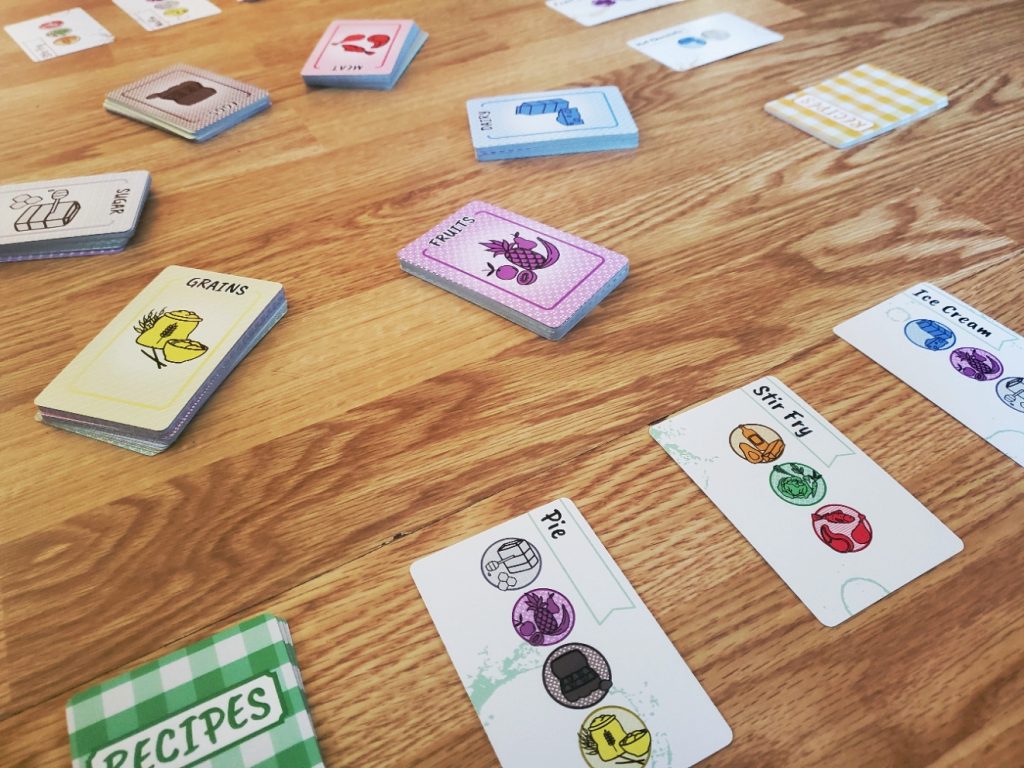
With a 3-2-1 GO! Players reveal their recipes and begin slapping and grasping in real time, attempting to assemble ingredients in the order in which they appear on the card. Along the way, would-be chefs may slide top ingredients between the cascading piles as long as they occupy proper spaces. When any set is complete, the whole lot is stashed in a scoring pile, and a new recipe is revealed. Play continues in this manner until one player is unable to draw a card– meaning the recipe pile has gone dry and then some– and yells “Bon appetit!”
As a tactical boost, players may claim ingredients at any time for one of three available pantry spaces above the recipe tableau. This allows a reserve for the more rare ingredients in anticipation of the more involved recipes. The pantry also opens new avenues for card movement and manipulation in the name of efficiency.
Adding a spicy splash to the kitchen, pantry mouse cards linger in the piles, which can be played into the pantry of another player, eliminating stored ingredients and precious cabinet space until the next round.
Ambiguous jars labeled sketchy substitutes are also sprinkled throughout the ingredients. These wilds can get players out of a pickle, but bring along a penalty, as they cannot be counted towards the round’s score.
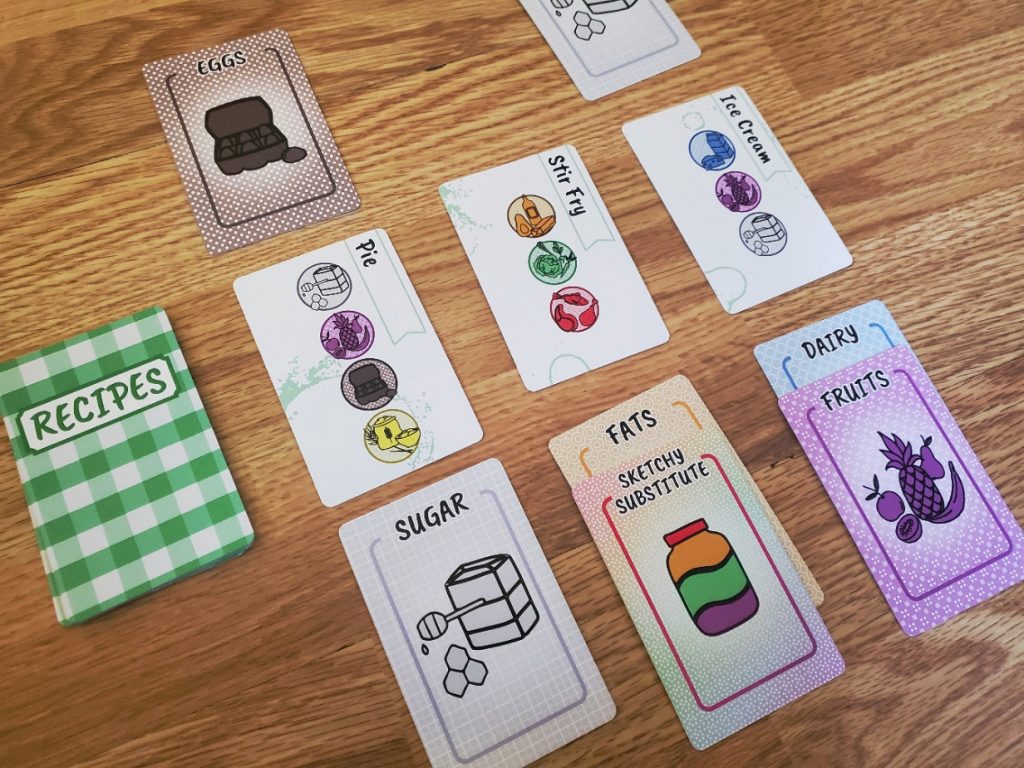
When disagreeable combinations of recipes come forth, players have the option of trading one back into the shrinking pile, provided no ingredients have been added. This allows for a wholesale change when a lack of cards threatens to slow the pace.
At the end of the round, players count the cards in their stash, including recipe cards, but not including Sketchy Substitutes. The highest score earns one of the aforementioned star cards. But rather than simply serving as victory markers, stars rob their chefs of one slot in the tableau, making the path to total victory more challenging. When one culinary collector reaches the appropriate number of stars, the game ends and the triumphal meal is served.
A Little on the Rare Side
There are several undercooked elements in Crowded Kitchen that just might undercut the fun—and there is fun here. I appreciate and prefer simple art and iconography, but the ingredient cards are starved for the charm on the box cover. The cover art is cute and inviting, but that only highlights the jarring disconnect inside.
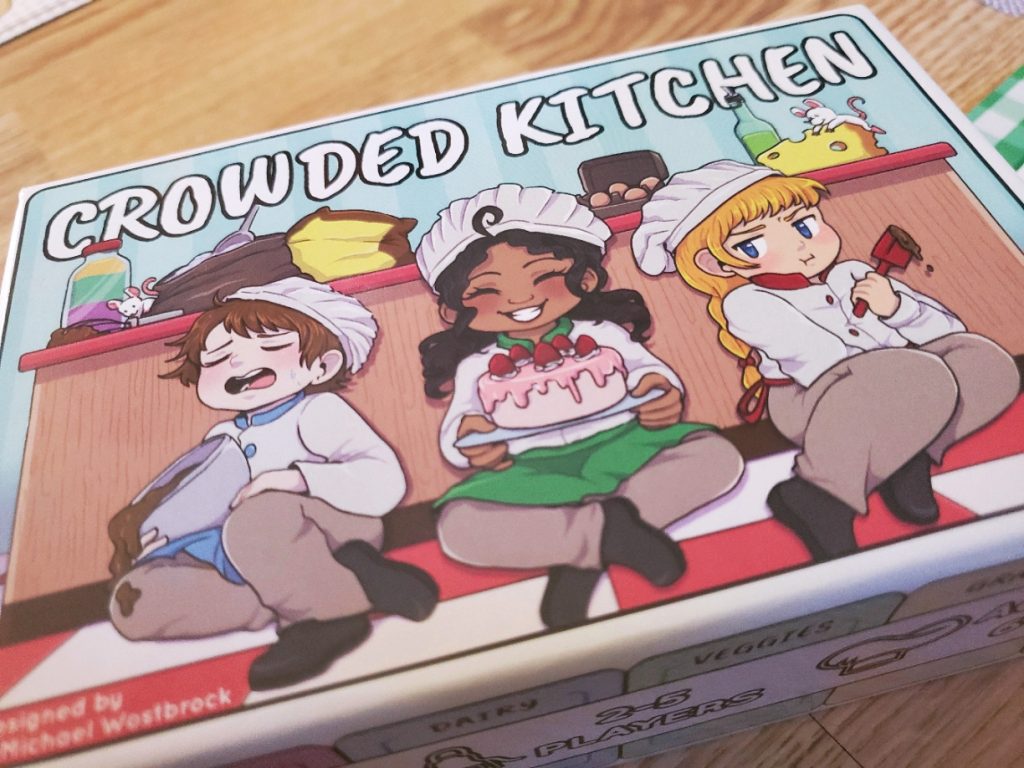
Each ingredient includes a distinct colored and patterned background. While this makes slapping and grabbing easier for those with or without color-blindness, I would have traded all of this to use the images from the box cover over white backgrounds with simple corner icons. I might even have left off the text, which would create language independence and raise the personality of the game tenfold while still maintaining an inviting mechanic for the color-blind. Several playtesters commented that they were simply reaching for colors, not ingredients. Personally, I welcome the challenge of being more attentive to the cards if doing so enhances thematic experience.
As a matter of simple practicality, I would also love to see more distinction on the card backs. Based on the player count, the ingredient card count expands and contracts. The various sets are marked; however, recognizing the differences between the sets requires more effort than I would like when 200 cards are involved. (The review copy included the expansion to 7 players. The base game contains around 150.) The card backs could have been different colors altogether, like the recipe cards, rather than slight variations of the same image over the same background. The flexible player count requires card separation after every game. Ease is an almost necessary feature.

The final aspect that has plagued my consideration of the game is the cost. I hesitate to mention pricing, because I trust people to determine what they find to be of worth. But when the retail price doubles or nearly triples that of comparable experiences, questions of value rise to the fore.
The Sweet Spot
Setting my concerns aside, I can say with confidence: Crowded Kitchen is plain and simple fun. As much as I prefer putting on my thinking cap for strategy and puzzles, there is a sweet spot in my gaming appetite for classic fun, speed, and filler games that begin and end with shouted thematic phrases. While I did sit in on at least one game at every player count, my plays were but a fraction of the amount of time the game has spent on the table. The kiddos are enamored, squeezing in games after meals, after schoolwork, before bedtime. They are shouting, slapping (mostly the cards), and laughing through and through.
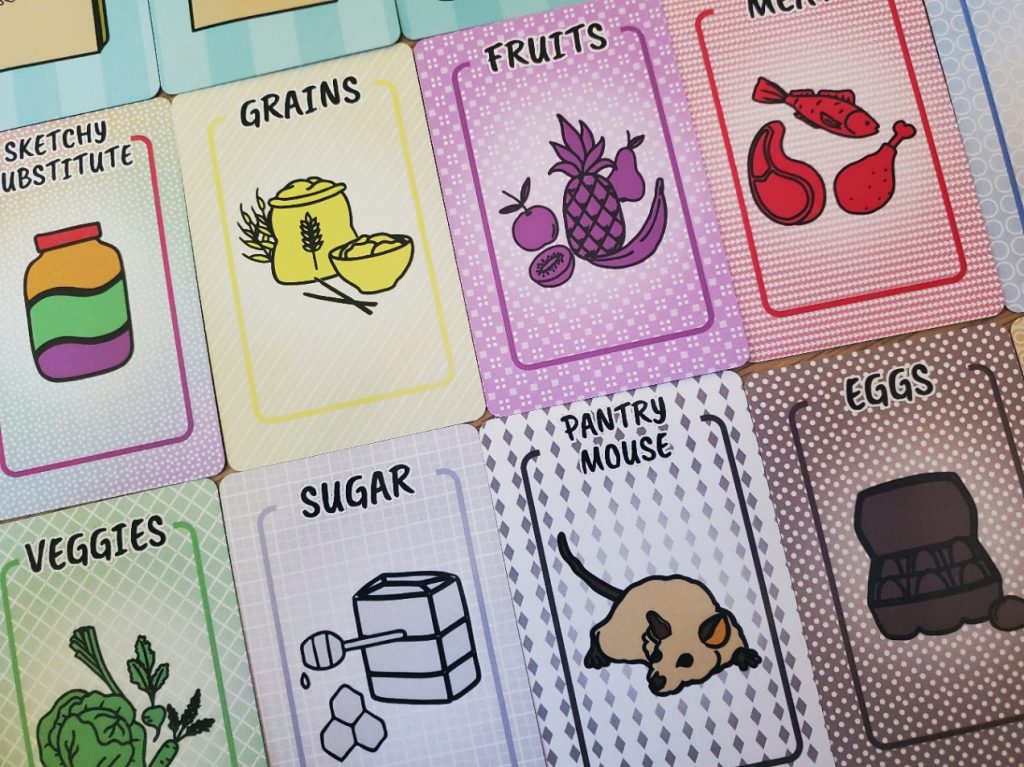
Permit me a word regarding my several references to slapping. The rulebook uses wholesome verbs like “acquire”, “place”, “set aside”, and “take” to describe the anarchic snatching of ingredient cards. Following the initial derby of near-fistfights, we found it necessary to add some clarifying bylaws typical to this genre which were left out of the rule book. How many hands to use? Are we slapping, grabbing, or both? These are easy fixes though, and likely specific to each group.
The star card mechanism is refreshing. Very few games in the realm of speed provide adequate offsets for dominant players. The star is certainly helpful and gives everyone a round or two to discover a rhythm and develop a fighting chance. Likewise, the pantry mouse allows players to impose a challenge mid-round for a kitchen’s resident sprinter without feeling too mean.
Crowded Kitchen is something of an anomaly. I was drawn to it because of its mechanical resemblance to the old Blitz, but the Kitchen innovates beyond merely playing backwards. There is a fundamentally solid game here. The cards left me feeling at times as though the game were still a prototype, but it just goes to show, you can’t judge a game by its cover, er, I mean by the cover of what’s on the inside. You know what I mean.
One Year Later…
Crowded Kitchen was something of a flash-in-the-pan for our family. We played the socks off it for a season when it arrived, but it has not been to the table since. Speaking truly to the original review, though, neither has the old Dutch Blitz reared its head in that time. I would credit the absence as much to our general lack of interest in speed-slapping games as I would to anything else. In revisiting the review, I remember with pure fondness the unique twists on a classic structure.



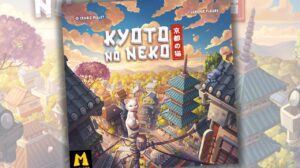

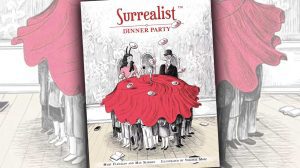





Excellent review. It pleases me to no end that Bob was able to so clearly understand and communicate Crowded Kitchen’s game play and mechanics. I am even more pleased to hear that he and his family enjoyed the same playful anarchy that has enveloped my household in designing and testing this game.
I fully agree with the constructive criticisms aimed at card art and price. I intend to address both with scale, either by working with a larger publisher to improve the art and price or by leveraging the power of Kick-starter. And the suggestion for varying card back colors based on player count will be taken very soon 😉
For anyone interested in seeing Crowded Kitchen for themselves, they can find it at https://www.thegamecrafter.com/games/crowded-kitchen and from Oct 12-28, 2021 it is available a little cheaper during our Crowd Sale at https://www.thegamecrafter.com/crowdsale/crowded-kitchen.
Hello Michael! I’m glad the details of the review line up. We have five kids, and we’ve had a blast with the game. I saw the forthcoming crowd sale, and I certainly wish you all the best there!!